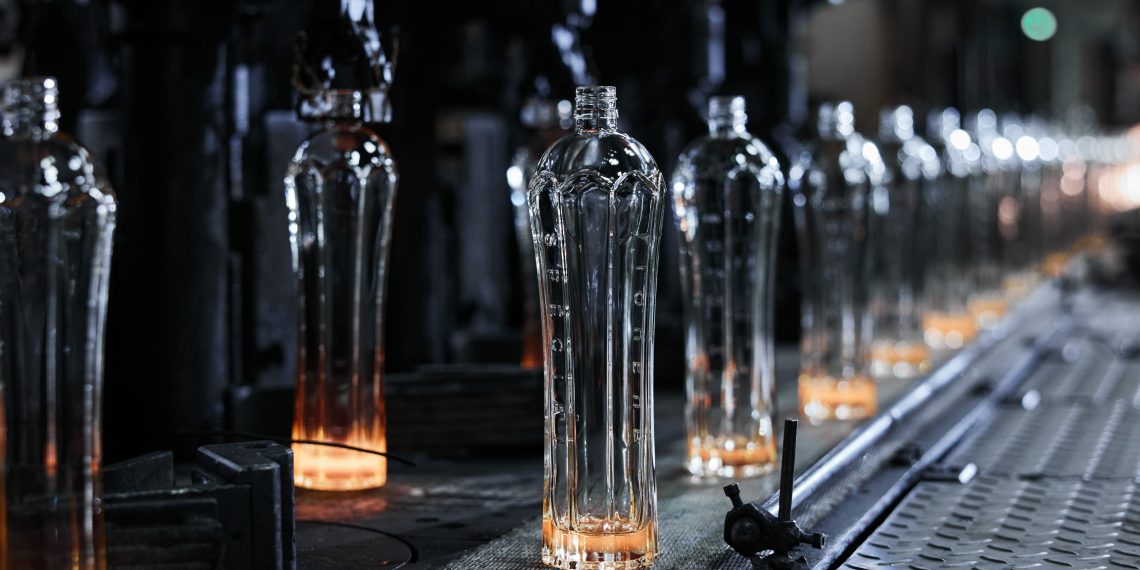Family-owned spirits company, Bacardi has successfully completed the world’s first commercial production of a glass spirits bottle fueled by hydrogen in a trial that took place earlier this month.
Bacardi worked with premium glassmaker, Hrastnik1860, to pioneer new technology that powered a glass furnace with hydrogen as its primary energy source and in doing so cut the Greenhouse Gas (GHG) emissions typically produced as a byproduct of glass bottle production.
The bottle, which for the purposes of the trial was the iconic ST-GERMAIN® elderflower liqueur bottle, is identical in appearance to the bottle produced using traditional methods and will reach bars and stores in the coming weeks.
Over the course of the trial, which produced 150,000 of the brand’s 70cl glass bottles, hydrogen contributed more than 60% of the fuel for the glass furnace, cutting GHG emissions by more than 30%.
“Piloting this lower carbon glass production is another example of Bacardi leading the industry in environmental best practice,” says Rodolfo Nervi, Vice President, Safety, Quality and Sustainability for Bacardi. “We will take the learnings from the trial to help shape a pathway to hydrogen-fueled glass production and create a blueprint for others to follow. It’s only through making change as an industry that we can bring significant change to our impact on the environment.”
Peter Čas, CEO, Hrastnik1860 added: “Successfully producing lower emission, premium glass bottles at a commercial scale, with absolutely no compromise on quality, has made all the hard work worthwhile. Like Bacardi, we are committed to developing new innovations that lower emissions while maintaining premium quality. This revolutionary technology proves the two can go hand in hand and we are now taking the first steps in bringing it to market.”
To achieve its ambition of becoming the most environmentally responsible global spirits company, Bacardi is continuously investing in new innovations and exploring opportunities to use pioneering new technology to help achieve its ultimate goal of Net Zero.

















